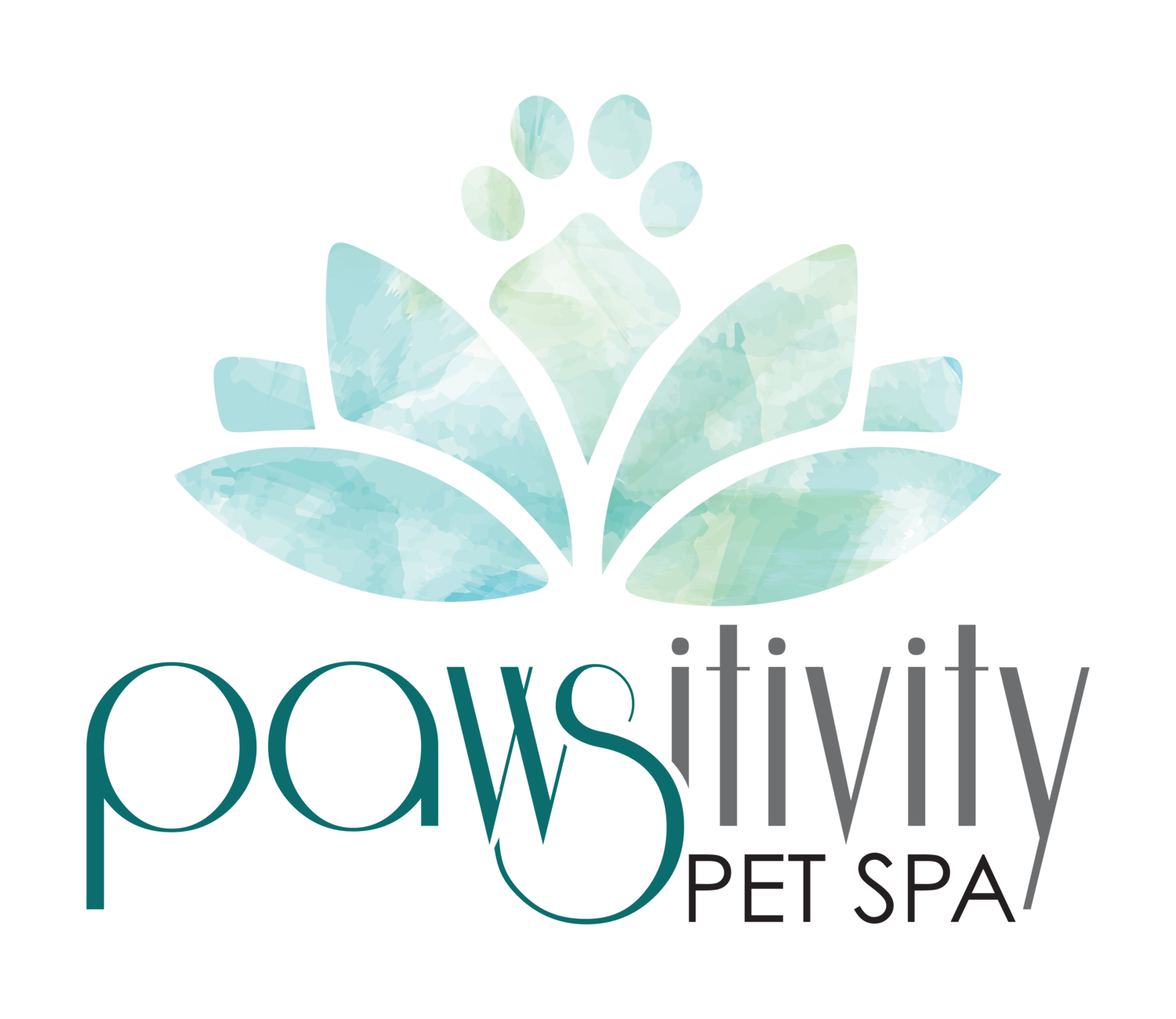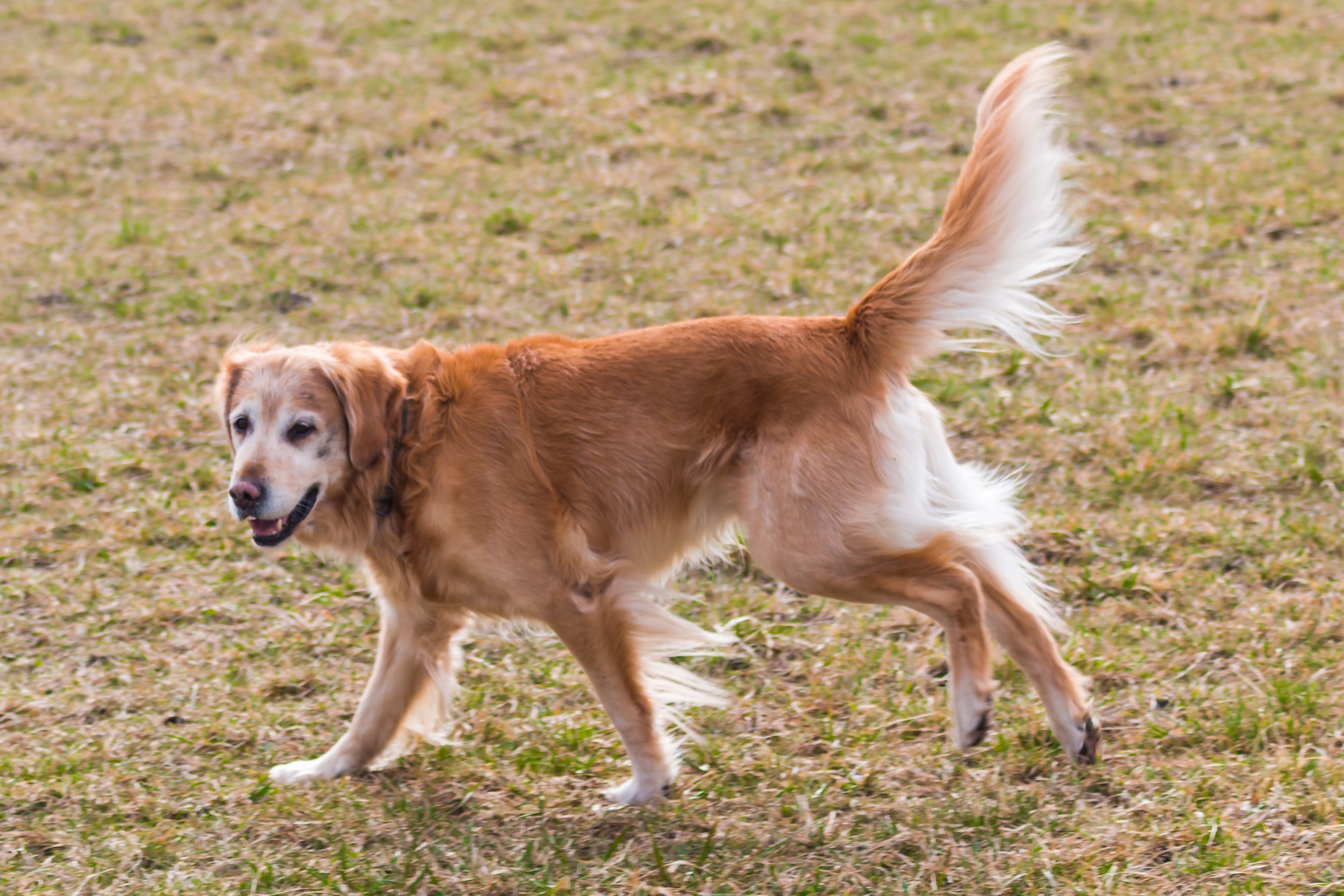Double Coats 101
Adog’s coat is designed for insulation. It helps keep your pet warm in the winter and cool in the summer. Double-coated dogs are those that have an undercoat and a top coat -- for example, Golden Retriever, German Shepherd, Siberian Husky, Corgi, Labrador, Pomeranian, and working dogs like the Bernese Mountain Dog and Great Pyrenees.
Many people shave their outdoor dogs because they believe that this keeps them cool in hot weather -- but this is not true. In a double coat, the undercoat works like insulation, helping to keep the dog cool. A dog who lives outside all the time will naturally “blow” the coat when the weather gets hot (this is the term for when the coat falls out in tufts). Outdoor dogs do not need to be shaved -- this removes the insulation that keeps them cool. They do need consistent shedless treatments, which remove the excess built-up undercoat.
Almost always, shaving a double-coated dog damages the coat. Shaving cuts into the undercoat, which is not made to be cut. It may grow back as rooted hair instead of as an undercoat that sheds properly. Over time, the effects of shaving can vary from softer hair with a duller color, all the way to hair that grows back patchy or does not grow back at all. From personal experience working with dogs like Huskies and Malamutes that get shaved every summer, we know that by the time the dog is 11-12 years old, the undercoat is so thick that it is nearly impossible to work with -- at the very age when they need gentle and easy grooming! The ideal situation is to NOT shave them until this age, and then if they need comfortable, easy care, they can be shaved, because the undercoat has not been damaged for years on end.
At Pawsitivity our general policy is to not recommend shaving unless it is for a medical reason. The other exception is for older dogs that may get matting or excessive built-up undercoat. If the dog is uncomfortable standing long enough for the process of maintenance grooming, it is better to cut the hair off. Sometimes older dogs can also have stress-induced seizures, often caused by the noise of a dryer. In these cases, we recommend shaving the coat.
Double-coated dogs who live indoors and outdoors, going from climate-controlled to non-climate-controlled environments, lose the natural timing of blowing their coats. Wolves in the wild groom themselves, pulling on their hair and chewing it out; but domesticated dogs lack this instinct. Their hair must be brushed out and removed with a shedless treatment. If the undercoat does not all come out, excess hair gets stuck in the coat; this is what makes them hot.
Indoor double-coated dogs, living in a climate-controlled environment, tend to shed year-round because their insulation regulation is off. Their bodies are constantly triggered to blow the coat. Shedless treatments are important for these dogs, because no one wants to have that much hair in their house all the time! A haircut damages the coat and removes the insulation which helps your dog stay cool. It also exposes the skin to the sun -- which can get sunburned just like people’s skin.
Pomeranians are a double-coated breed that often get full-body haircuts, but for them this relates to their looks and the frequency of grooming. You can do haircuts that make them look as cute as a button -- for example, a Boo cut (based on a Facebook marketer’s dog, Boo), teddy bear cut, or fox cut. These haircuts do damage the coat, so we always have a discussion about what you want your Pomeranian to look like long-term. If you want a puffball look, you don’t want to do a fox cut, because there’s a chance that it will damage the coat the very first time and won’t grow back the same. If you want a certain look, you must be consistent with it, because it does damage the coat. The same is true with Golden Retrievers -- some people keep them with a 2-inch cut all over. If you do this, you have to do it every time, along with a shedless treatment, because it will grow back thicker.
Single-coated short-haired dogs do shed too -- for example, Boxers, Foxhounds, and Beagles. Their hair is short, smooth, and silky. Regular shedless treatments help prevent hair in the house, but are not necessary for their comfort and well-being.
If your dog is shedding all over your house even though you’re brushing all the time, it is not because you’re not brushing enough. It is because a double-coated dog requires professional grooming. A shedless treatment is one thing that cannot be done at home! For indoor double-coated dogs, we recommend a monthly shedless treatment for your own comfort. This keeps you on top of it so that there’s no build-up of hair to be shed around your house. For outdoor dogs, the minimum maintenance for their well-being is a quarterly shedless treatment. It makes such a difference!
The consistent question to ask is, what is best for your dog? What will make them most comfortable? Comfort is more important than looks. A phrase used in the grooming industry to express this idea is “humanity before vanity.” Ultimately, a coat is just hair. It is best to do what is good for your dog, even if it won’t always make their coat look the prettiest.
(Photo credits: Title: Daniel Tuttle, top: Emily Rusch, middle: FLOUFFY, bottom: Alvan Nee)




